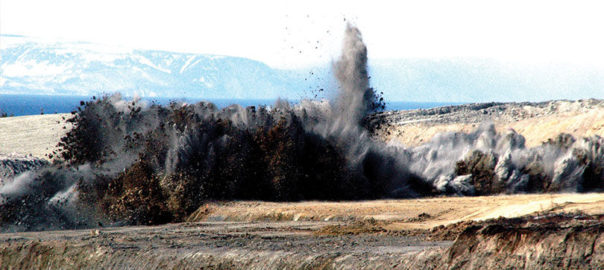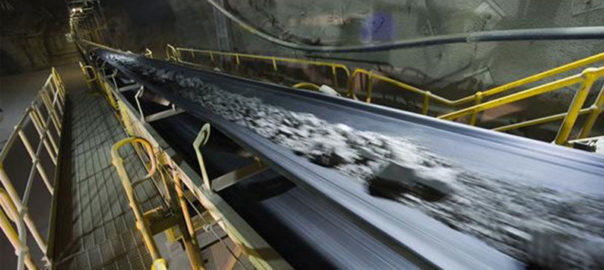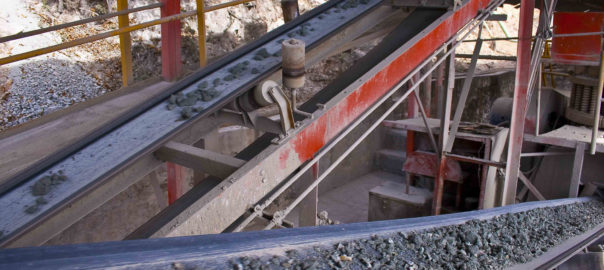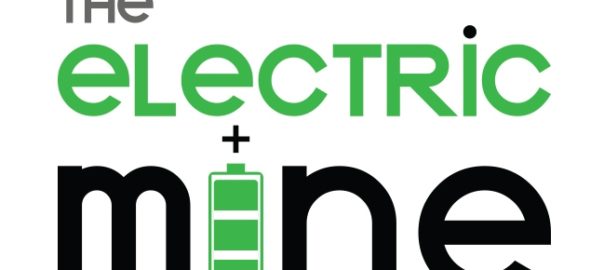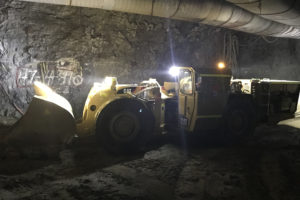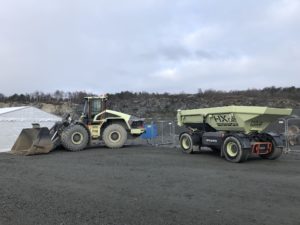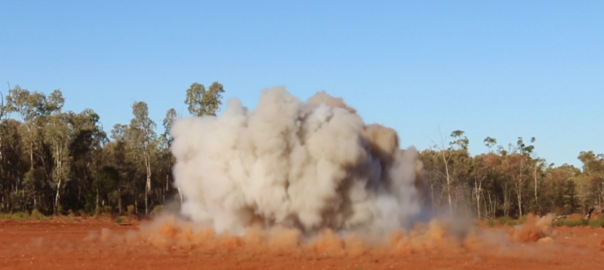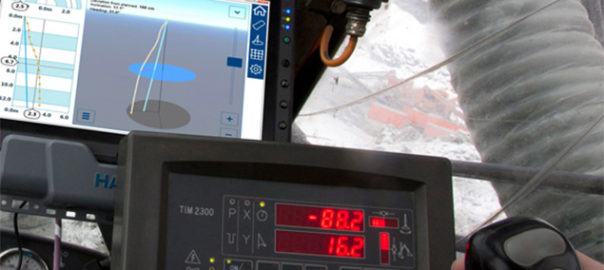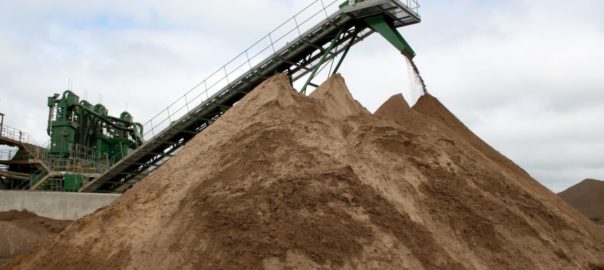Incitec Pivot Ltd (IPL) has announced that Dyno Nobel has entered an agreement with Mining3 to collaborate with global mining industry members to “develop and deliver transformational technology to improve the productivity, sustainability, and safety of the mining industry”.
As of March 1, IPL – parent company to Dyno Nobel – signed the membership deed to collaborate with, and leverage from the world-class research Mining3 offers, it said.
Mining3 Chief Executive Officer, Paul Lever, said: “Having this major global explosive supplier joining Mining3 strengthens the breadth of engagement within the mining industry, brings a fresh new perspective and an opportunity to participate in a wider range of innovations.”
Robert Rounsley, IPL’s newly appointed Chief Technology Development Officer, said: “We are actively building out Dyno Nobel’s technology development capability. We can offer our customers an even richer solution set, and we believe collaborating with Mining3 and its members will accelerate this undertaking.”
Dyno Nobel is a world-renowned explosives manufacturer with a strong customer focus, which prides itself in delivering practical innovation on the ground today and in the future for its mining and resources customers.
Dyno Nobel plans to leverage the Mining3 membership through the identification of, and collaboration for, the development of new technologies important to the industry.
Wayne Stange, Dyno Nobel’s Vice President of Mining Technology, said, “There are several Mining3 projects that are aligned with our technology development initiatives. Through our Mining3 membership, we will be able to work with a range of researchers and mining equipment and technology services to accelerate the development of transformational technology”.
One project Mining3 is working on, which will probably interest Dyno Nobel, is the pursuit of a non-toxic post-blast bulk alternative explosive.







